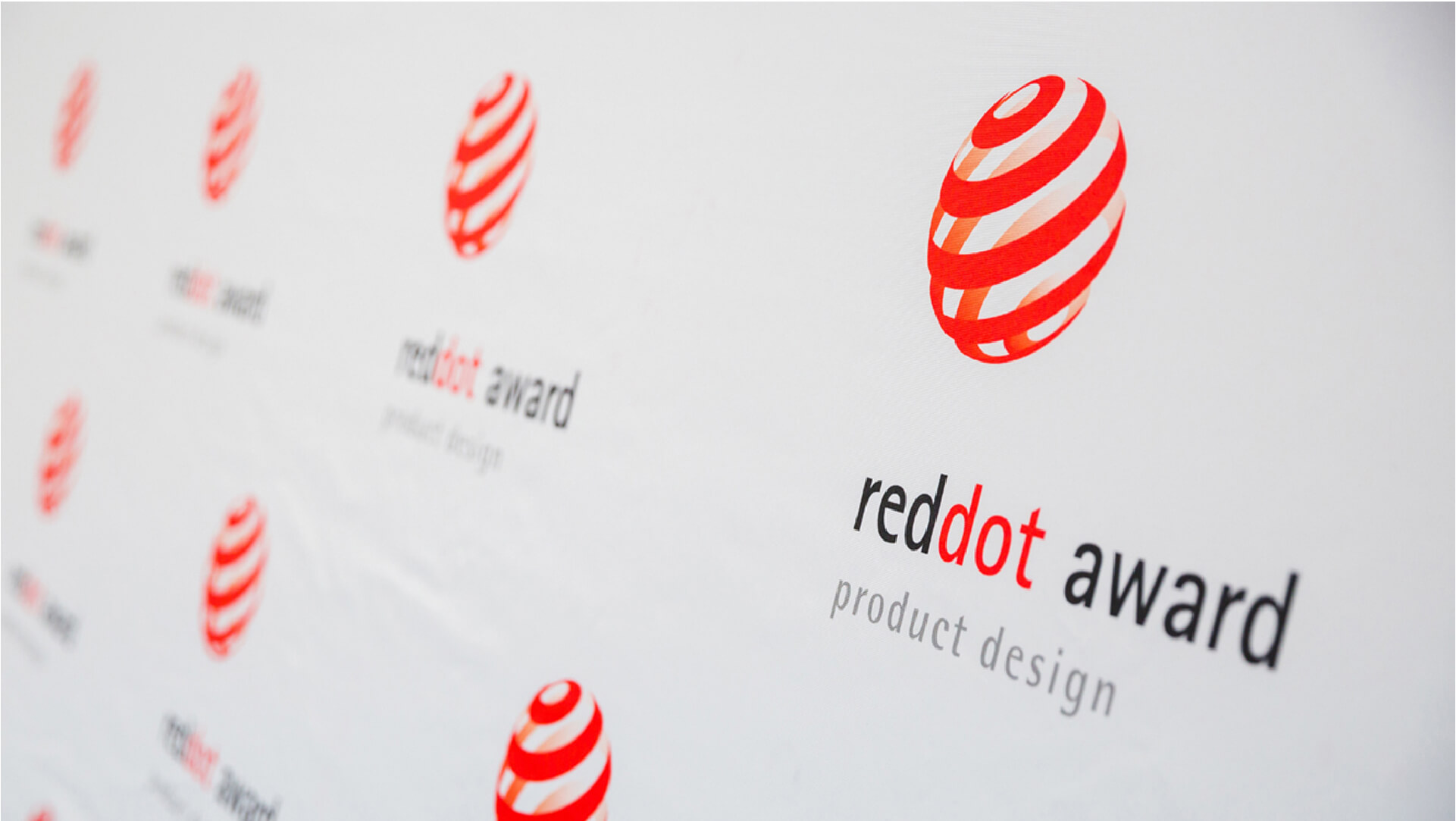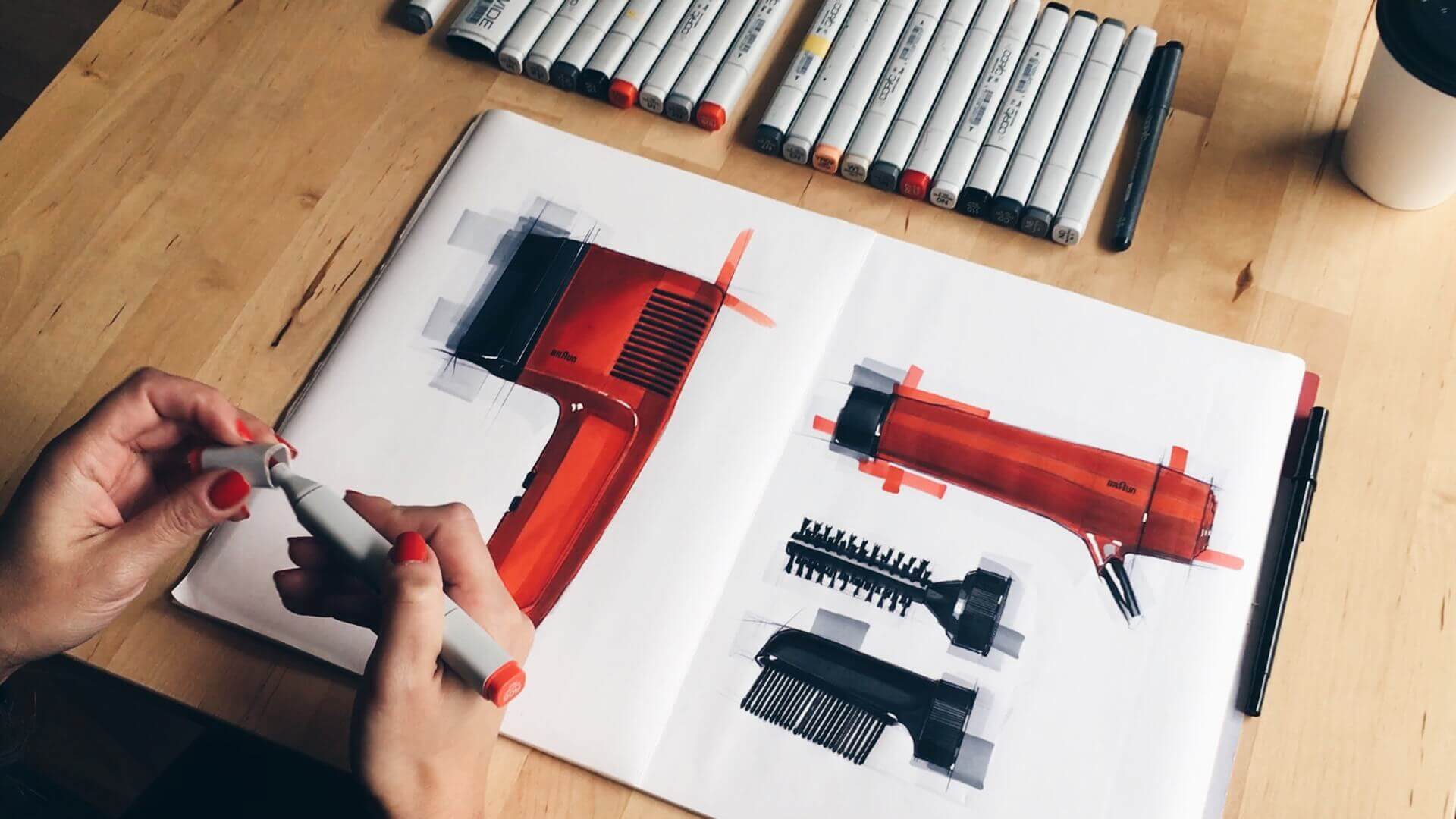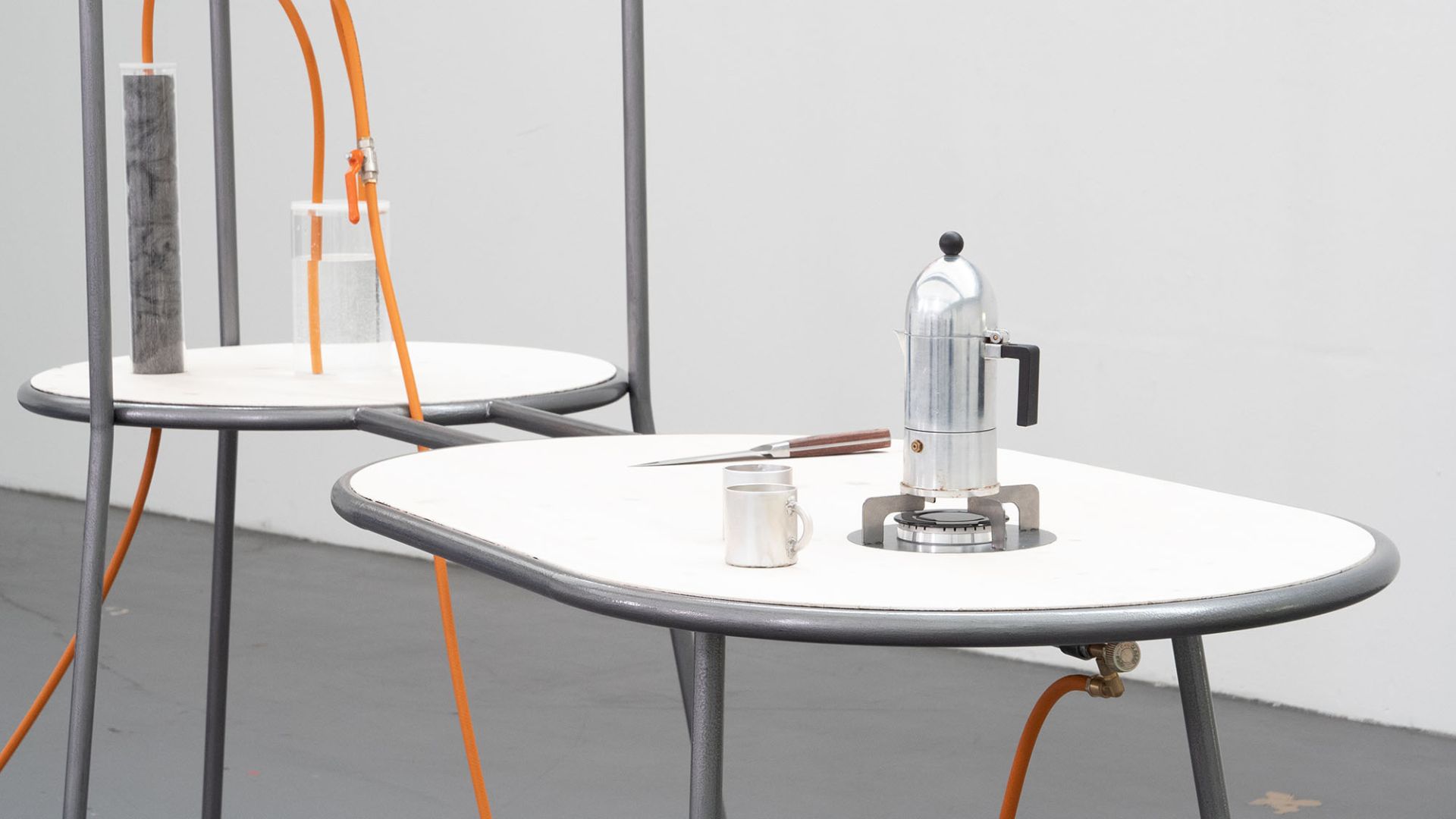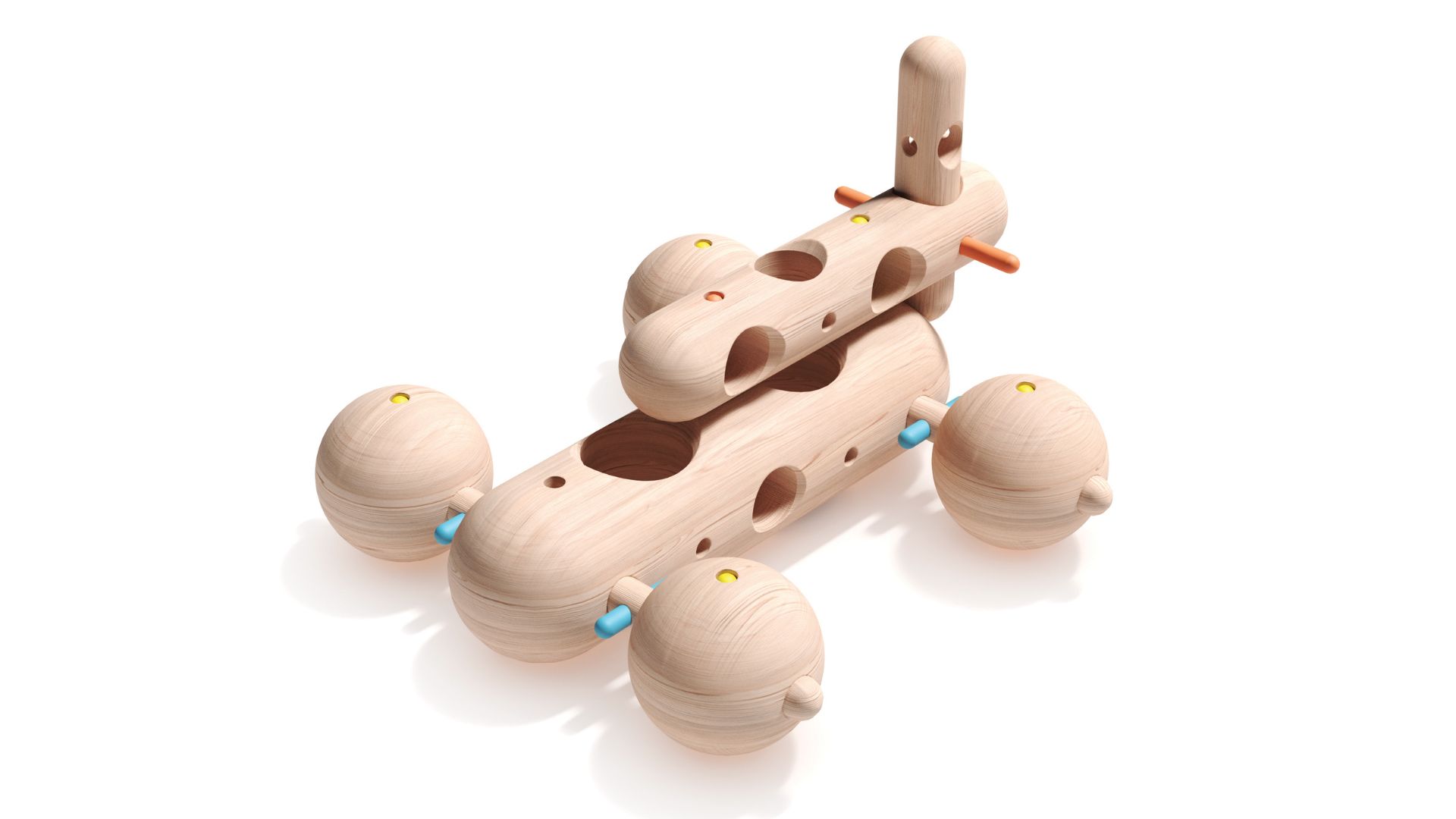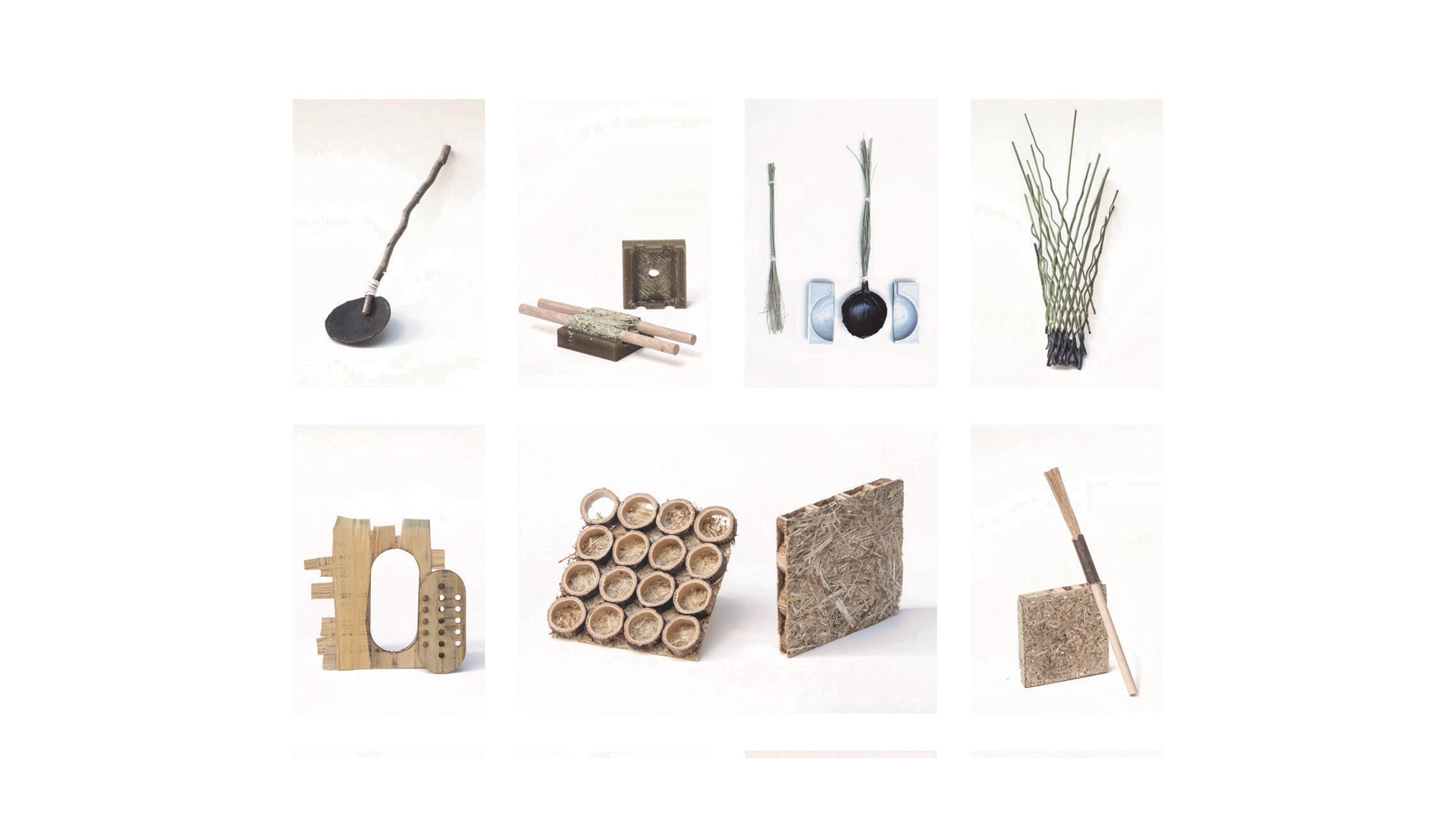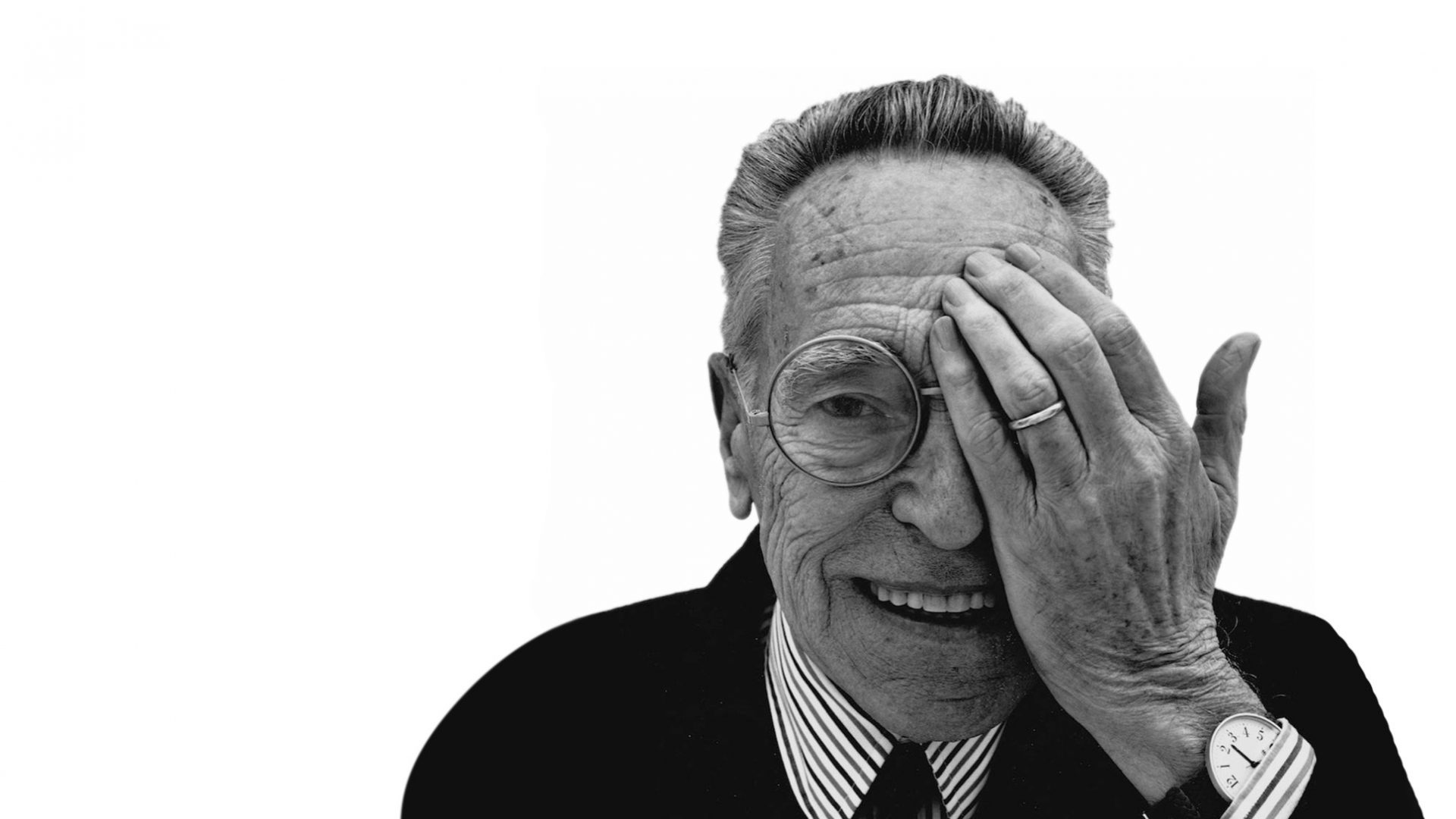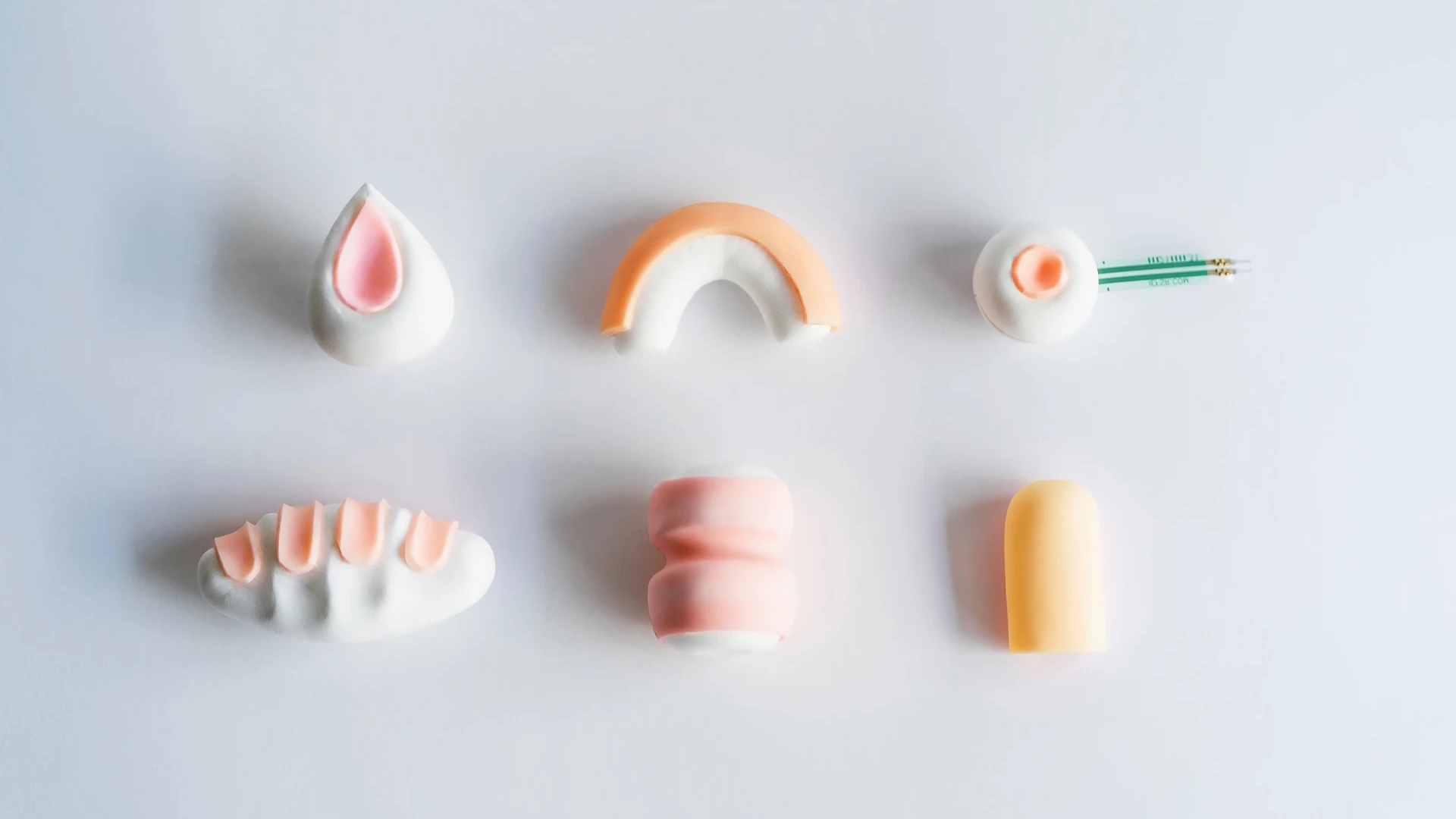Can water become a pure architectural expression? According to antoniolupi, it can
Born from the collaboration between Giorgio Rava and the Italian brand, Lineadacqua is a minimalist gesture that takes the form of a clean cut in the wall—an architectural incision that conceals the faucet until water flows with elemental force.

With Lineadacqua, antoniolupi and Giorgio Rava transform the sink area into a new kind of experience, where technology and nature converge in perfect harmony. It is a return to the origin, to the source, to the wellspring. A journey into the essence of matter, and into the raw, generative force of water—capable of shaping, dividing, and renewing. Lineadacqua presents itself as a vertical incision in the wall—an architectural gesture that conceals the faucet spout, revealing it only when water bursts forth in a pure, powerful stream. This vigorous and regenerative jet breaks away from the static logic of traditional bathroom layouts, asserting itself as the true focal point of the space.
A cut in the wall, like Fontana’s slashes on canvas. Because a cut is essential, sharp, radical. It becomes a controlled gesture, charged with intention and tension—not a wound, but a spatial declaration. With his cuts, Lucio Fontana transformed the canvas from a surface of pictorial illusion into a real, tangible object, opening it up to reveal that art could extend beyond itself.
Gallery
Open full width
Open full width
Similarly, antoniolupi transforms the wall from a passive backdrop into an active surface, animated by the sudden and unexpected emergence of water. The project marks a pivotal moment in antoniolupi’s ongoing exploration of the centrality of water and the essence of design. While we may direct its flow, it is only by eliminating the superfluous that water’s true power can be revealed. In Lineadacqua, technology recedes into the background—completely invisible—so that a pure, sensory experience can take center stage.
antoniolupi’s design ethos: precision, research, and creative freedom
The story of antoniolupi began in 1950 in Fucecchio, a small town near Florence. What started as a modest workshop specializing in glass and crystal for interior décor soon evolved—thanks to the vision of founder Antonio Lupi—into a fully-fledged industrial enterprise within just a decade.

Today, antoniolupi distinguishes itself through a steadfast commitment to technology, research, and creativity, as well as an ability to harmonize local craftsmanship with a global perspective. At the heart of the company lies a deep dedication to bespoke design, where precision, quality, and singularity are not optional values but fundamental principles.
From the outset, antoniolupi has embraced experimentation, creating objects designed to endure and resonate over time. For the brand, the bathroom is not simply a space for physical well-being, but a symbolic and emotional environment—an increasingly mental and spiritual sanctuary. Each collection is conceived to elevate this dimension, infusing the everyday ritual with depth, elegance, and meaning.

Lineadacqua minimalism: where the faucet disappears from sight
In an age defined by excess, simplifying becomes an act of enrichment—as suggested by French author Dominique Loreau. Lineadacqua embraces this principle with clarity, embodying a radical reductionism that is both minimal and deeply intentional. The faucet disappears from sight, seamlessly integrated into the wall. It reveals itself only when water flows—quietly powerful, precise, essential. This is not merely a visual choice, but the result of refined engineering: a concealed mechanism that enables a direct, unmediated experience.
This design philosophy goes beyond aesthetics. It reflects a conscious ideology: that by stripping away the superfluous, design can elevate even the most ordinary gestures into something elemental.

Minimalism, in this context, is not a subtraction of function, but a precise expression of control—technical, material, and conceptual. The object reveals itself only through use, not through form. Nothing distracts from the essential: water as a force, space as a frame, and the gesture as a moment of clarity. As Ludwig Mies van der Rohe once said, “Less is more” does not mean doing less—it means knowing what to remove, so that what remains is all that truly matters.
This idea of radical reduction—of paring things down to their essence—resonates deeply with the history of design and architecture. From Donald Judd’s pursuit of clarity through primary forms and modular repetition, to Tadao Ando’s Church of the Light, where a single cross-shaped cut channels natural light into a bare concrete volume, the focus shifts from form to experience. In both cases, as in Lineadacqua, the surrounding structure retreats into silence, allowing the immaterial—light, water, gesture—to emerge as the true protagonist.

A dialogue of light, gesture, and pure materiality
Like Ando’s architecture, where light becomes both structure and symbol, antoniolupi engages in this same dialogue of reduction and revelation—not only through form, but through light. In Lineadacqua, illumination plays a central role, always present along the upper edge of the sink, where it outlines the architecture and shapes a distinctive atmosphere. In configurations without cabinetry, lighting can also be integrated beneath the basin, enhancing the sense of levitation and accentuating the clarity of the design.
Like a natural water mirror, a sculptural element emerges from the basin: a marble “stone” that serves as a progressive knob for water control. A refined detail that seamlessly merges form and function, evoking a primal bond between humans and the elements.
Offered in multiple configurations—freestanding, with a suspended drawer unit, or with a floor-mounted cabinet—Lineadacqua adapts to a variety of living environments. The cabinet doors feature a new kind of pleating: not regular grooves, but irregular, sculpted waves, adding a tactile and visual rhythm to the surface. The water jet, flowing directly from the wall, defies conventional expectations and becomes the focal point, quietly redefining spatial hierarchy.









